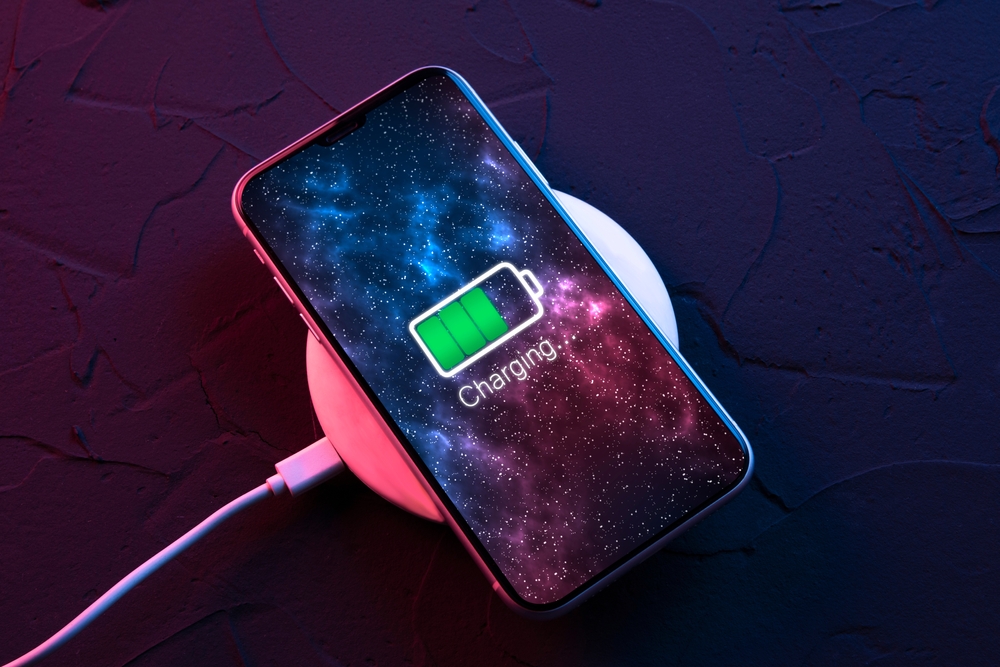The Ascendancy of Wireless Charging: Untangling the Cords of the Future
The future of power delivery is here, and it comes without the tangle of cords. Wireless charging technology is rapidly evolving, promising to revolutionize our day-to-day interactions with electronics. Let's dive into the fascinating history, current advancements, and the expected market impact of this technology.

A Look Back: The Journey of Wireless Charging
The concept of wireless power transfer isn’t new; it dates back to the 19th century, with Nikola Tesla’s ambitious experiments in transmitting electricity without wires. However, it wasn’t until the 21st century that this concept became commercially viable, thanks to the evolution of technology and the increased need for convenient power solutions.
The first significant breakthrough came in 2006 when a team at MIT demonstrated “WiTricity,” a method of power transfer via magnetic resonance. This led to the founding of the Wireless Power Consortium in 2008, which developed the Qi standard - a widely adopted protocol for wireless charging today.
Current Scenario: Power without the Plugs
Fast forward to 2022, and wireless charging is quickly becoming a standard feature in many devices, from smartphones to electric cars. Companies like Apple, Samsung, and Google have fully embraced this technology, integrating it into their flagship products.
Recent advancements have seen the rise of resonance and radio frequency (RF) technologies, enabling charging over a distance. For instance, Energous Corporation’s WattUp technology can charge devices up to 15 feet away using RF energy, marking a significant step towards a truly wire-free future.
The Price and Market Impact of Wireless Charging
Wireless chargers come in a variety of forms, from charging pads and stands to furniture with built-in charging spots. Prices can range anywhere from $20 for a basic charging pad to $200 for high-end models with multiple charging points and fast charging capabilities.
The global wireless charging market was valued at $6.51 billion in 2020 and is expected to reach $40.24 billion by 2027, according to a report by Allied Market Research. This growth is driven by the increasing adoption of wireless technology, the rise in sales of electric vehicles, and the demand for hassle-free charging solutions.
Unplugging the Facts: Understanding the Technology
Wireless charging works on the principle of electromagnetic fields to transfer energy between two objects. A charging pad or stand creates an alternating electromagnetic field, which the device converts back into electricity to charge the battery.
Wireless chargers typically have an efficiency of 60-70%, compared to 85-90% for wired chargers. However, with ongoing research and development, this gap is expected to narrow in the future.
What Lies Ahead: The Future of Wireless Charging
The future of wireless charging is exciting and holds immense potential. Picture walking into a room and having your device charge automatically, without the need for plugs or cables. This vision might soon become a reality with the advent of over-the-air wireless charging.
Companies like Ossia, Energous, and Wi-Charge are working on this technology, which uses RF waves or infrared light to deliver power over a distance. While still in the early stages, it could transform not only how we charge our devices but also how we design our homes and workplaces.
Wireless charging is a technology that’s continuously evolving, and it’s set to untangle the cords of the future. From Tesla’s ambitious experiments to today’s advanced solutions, it’s a journey that encapsulates the thrill of technological advancement. As we move towards a wire-free future, it’s clear that the way we power our devices is about to change forever.




